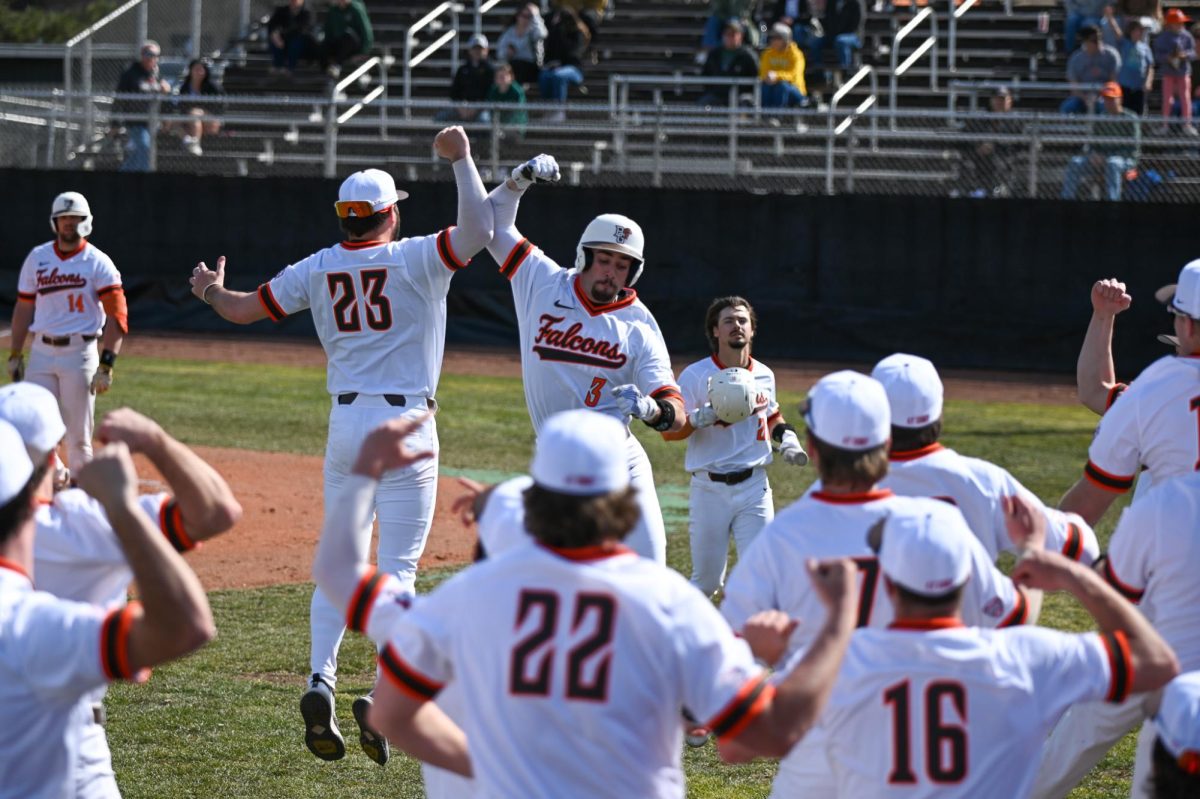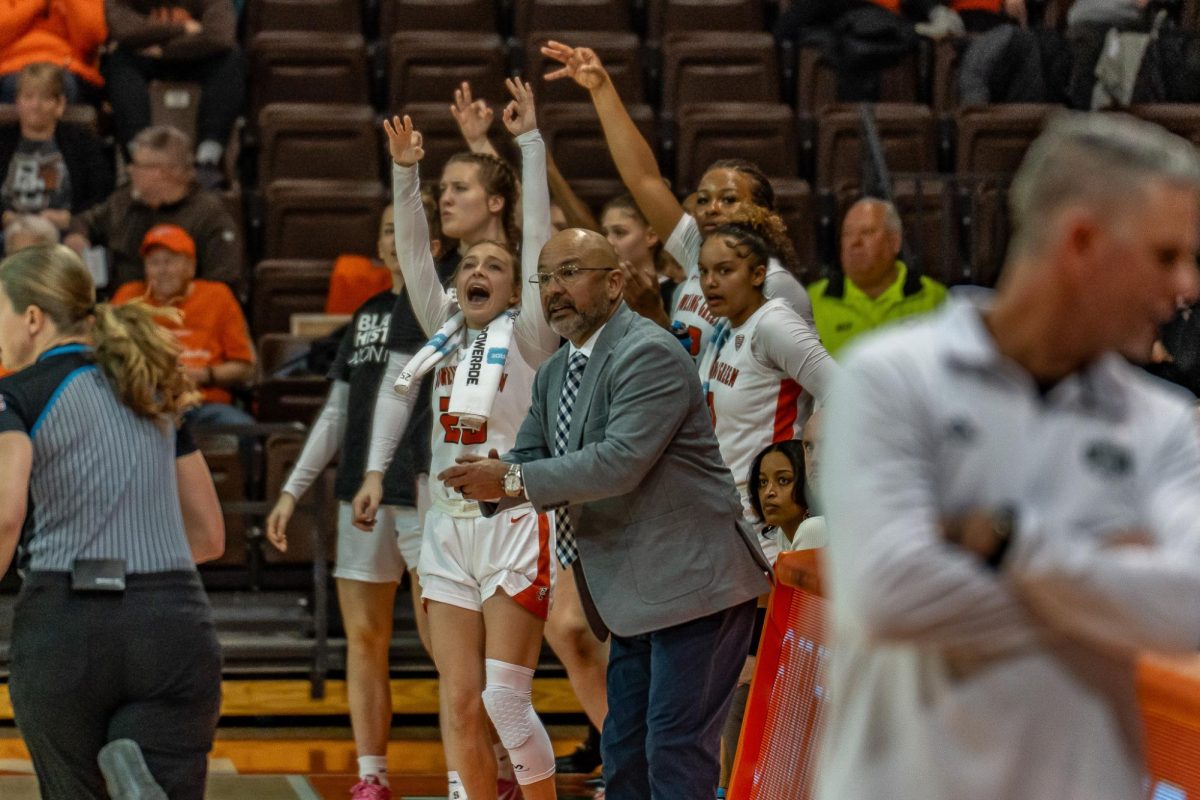This fall, the BG women’s golf team will compete over 14 days. The women’s volleyball team will play 20 regular season matches. The women’s tennis team, however, will only participate in three tournaments in the fall, the portion of their schedule coach Penny Dean calls their ‘non-championship segment.’
According to the National Athletic Collegiate Association, women’s tennis teams are only allowed to compete 25 days over the course of the year. It’s up to the individual coaches to determine how they want to break these days up throughout the fall and spring seasons.
In the fall, teams participate in tournaments with typically seven to eight other competitors. In January, dual match play begins and makes up the majority of the spring season. In dual match play, only two teams are present, making for a less tiring competition, Dean said.
‘Tournaments in the fall are grueling for everyone because you’re there for sometimes three whole days at the courts,’ Dean said. ‘You’re there warming up at 7 a.m. and playing until 8 p.m. During the championship segment [in the spring], you’re only there for one day. You go to the courts and warm up for an hour, play matches for three to four hours and you’re done.’
Though many other schools add more tournaments to the beginning of their season, Dean feels that the progress made in the fall is sometimes disrupted by winter break.
‘Some coaches use more dates in fall and play four tournaments, but I don’t think they’re worth it,’ Dean said. ‘No matter how well you do in fall, the break in practice for finals and winter break is never positive. We’ll have practice after [our last fall tournament in] Nashville, but then you have that break where they don’t get much practice and you’re back to the beginning in January.’
Dean says the limited competition in the fall may be more cost effective and have a positive effect on the upperclassman, it may hurt some of the first year players.
‘Attending tournaments is very costly,’ Dean said. ‘The trip we just took to Cincinnati was about $3,000, and that was in-state. For our freshman, it’d be great to get more college and travel play experience in the fall, but I don’t think it hurts returning players. It almost helps them in that they’re more excited to start-up again in the spring.’
The majority of the spring season is played indoors, due to poor court conditions during the early months of the year. Though the women practice at their indoor home courts, the Perrysburg Tennis Center, senior Christine Chiricosta says that sometimes indoor courts can vary in surface and playing speed.
‘We played indoors for the first time this season [at Cincinnati] on a faster surface than we’re used to,’ Chiricosta said. ‘We’ve been practicing on a slower surface at [the Perrysburg Tennis Center], but we have to adjust to different surfaces.’
Dean says that surfaces may vary, but the women on her team are experienced enough to know how to adjust.
‘Even now we’ve been practicing indoors,’ Dean said. ‘The players coming in at the levels they are at have played on different surfaces and conditions before.’
According to Dean and the NCAA, the way the tennis season is scheduled is not going to change anytime soon.
Though BG and other Division I schools have their non-championship portion in the fall, this is switched in Division III schools, with their championship segment right off the bat during the school year. Division II schools are a mix, though many follow Division I format.
The Falcons will participate in their third and final tournament of the non-championship fall season Friday and Saturday in Nashville, Tenn.







